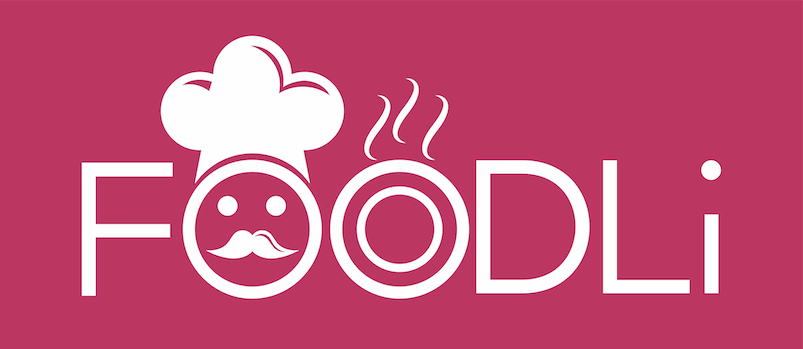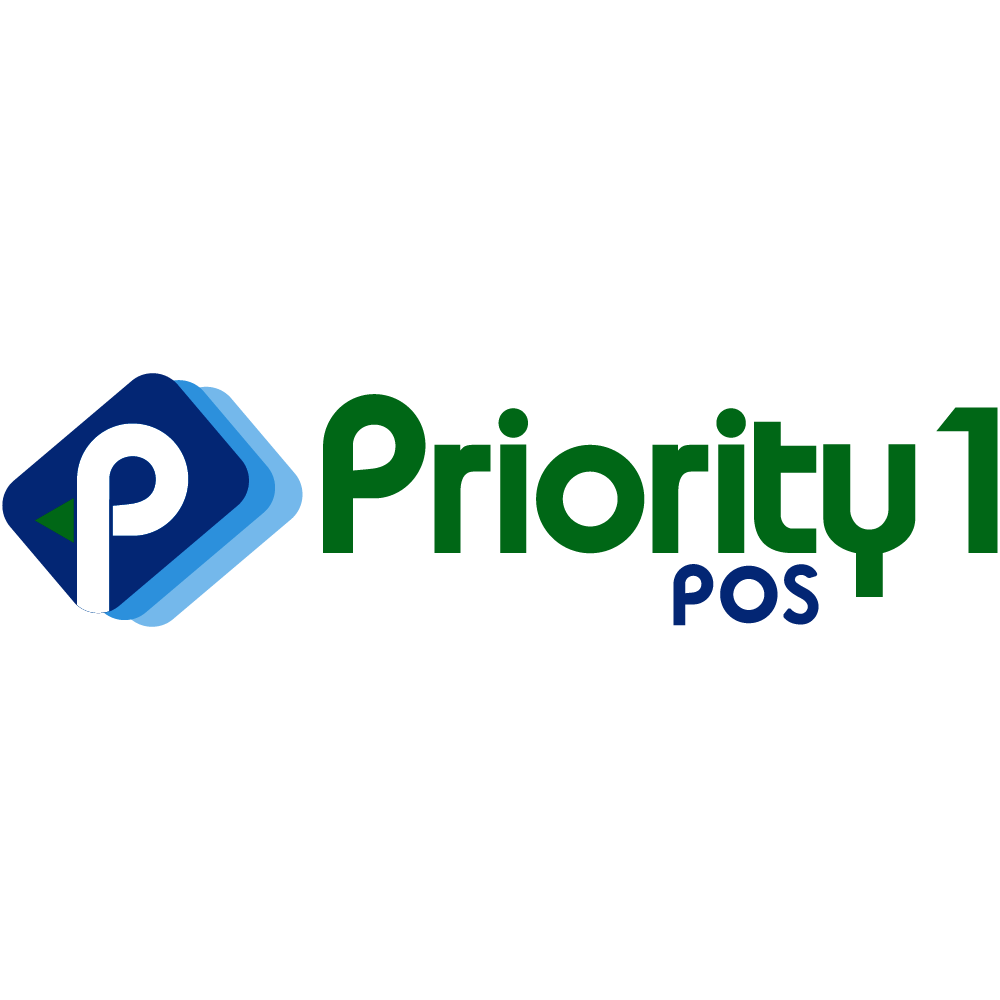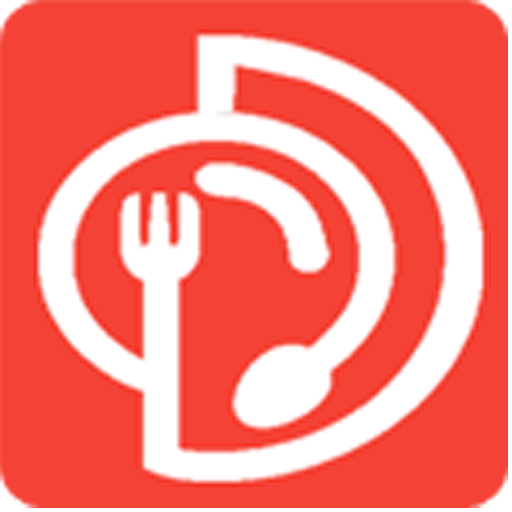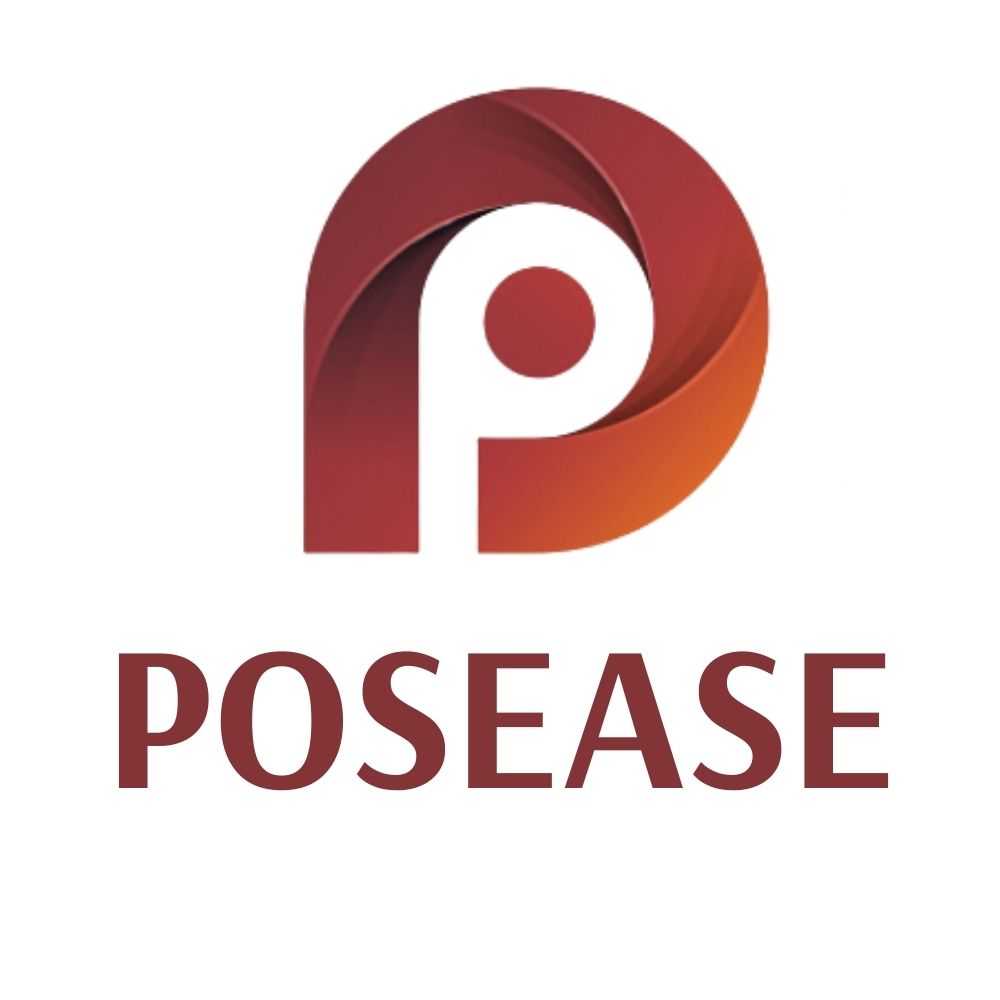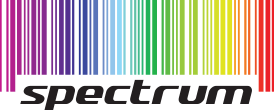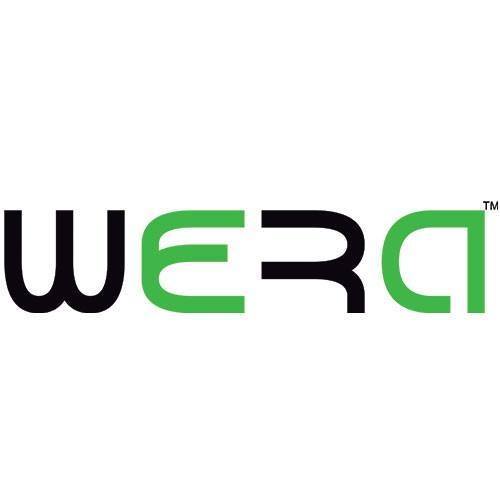What Is Restaurant POS Software?
Restaurant POS software, often known as Point of Sale software, is a specialized technology developed to assist restaurants in properly managing their daily operations. It is a hardware and software system that allows restaurants to handle orders, track sales, manage inventory, and perform other critical functions. At its foundation, restaurant POS software functions as a computerized cash register, but with numerous additional features and capabilities.
It is an essential component of any modern restaurant, be it a little café or a major chain. In addition to processing payments, it may handle client information, track sales trends, and provide thorough reports to aid decision-making. One of the most important advantages of restaurant POS software is the ability to handle orders fast and accurately.
Waitstaff can effortlessly enter orders, make changes, and send them directly to the kitchen for preparation thanks to an easy-to-use interface. This reduces errors and increases overall ordering efficiency. Another important feature of restaurant POS software is its inventory management capabilities. It can track ingredients, alert you when goods are low on stock, and even issue purchase orders to guarantee that your restaurant never runs out of key supplies.
This feature can help to reduce food waste while also saving money by eliminating overstocking. Furthermore, restaurant POS software allows you to manage employee scheduling, measure labor expenditures, and monitor sales performance. This gives useful information about your restaurant's operations and can help discover areas for improvement.
In terms of hardware, restaurant POS software can be placed on classic terminals, tablets, and even smartphones, giving different types of restaurants greater flexibility and convenience. With the growing trend of contactless operations, many restaurant POS software now includes digital menus, online ordering, and contactless payments. These features can improve the overall customer experience and help firms respond to shifting consumer tastes.
What Are The Recent Trends In Restaurant POS Software?
The restaurant sector is continuously changing, and technology is playing a significant role in that evolution. In recent years, there has been a substantial increase in the adoption of restaurant POS software, commonly known as point of sale software. This software has become an indispensable tool for managing all elements of a restaurant's operations, from taking orders and processing payments to tracking inventory and analyzing sales statistics.
Let's explore, we'll look at the most recent trends in restaurant POS software to help you make an informed decision when selecting the best system for your business.
1. Cloud-Based POS Systems: One of the most important trends in the restaurant POS software market is the use of cloud-based systems. These systems have various advantages, including remote access to data, automatic upgrades, and scalability. Cloud-based POS systems also eliminate the need for costly hardware, making them an affordable option for small and medium-sized organizations.
2. Mobile POS: As more people use smartphones and tablets, there is a greater demand for mobile POS systems. These technologies let waiters to take orders and process payments right at the table, which improves the whole customer experience. Mobile POS also provides real-time inventory management and sales data, making it easier for restaurant owners to monitor business success.
3. Integration With Third-Party Applications: Third-party application integration is another popular trend in the restaurant POS software industry. This enables restaurants to enhance the functionality of their POS system by incorporating services like online ordering, reservation management, and loyalty programs. Restaurants that integrate with these technologies can streamline their operations and improve their customer service.
4. Artificial Intelligence And Machine Learning: The restaurant business is increasingly using Artificial Intelligence (AI) and Machine Learning (ML). These tools can analyze data, forecast trends, and provide insights to assist restaurant managers in making data-driven decisions. AI and machine learning can also help to automate specific operations, like as inventory management and menu engineering, resulting in increased efficiency and cost savings.
5. Contactless Payments: Due to the present global health crisis, there has been an increase in the use of contactless payments. Restaurant POS systems increasingly include NFC and QR code scanning capabilities, allowing consumers to pay without making physical touch. This trend is projected to continue as customers value safety and convenience when dining out.
Benefits Of Using Restaurant POS Software
Restaurant POS software, or point of sale software, is an essential tool for modern eateries. It helps to streamline operations, increase efficiency, and enhance the entire client experience.
Let's explore, we'll look at the different benefits of adopting restaurant POS software and how they can help your business.
1. Simplifies And Speeds Up Ordering Process: One of the key advantages of adopting restaurant POS software is that it simplifies and expedites the ordering process. Instead of utilizing pen and paper, servers can enter orders directly into the system, which reduces the possibility of human error. This results in speedier service and greater accuracy, which leads to increased customer satisfaction.
2. Efficient Inventory Management: Managing inventory can be a difficult issue for restaurant entrepreneurs. However, a POS system allows you to effortlessly track and control inventory levels in real time. This allows you to order the appropriate amount of ingredients while avoiding overstocking or running out of stock. It also provides information on the best-selling goods, helping you to make data-driven decisions and improve your menu.
3. Improved Table Management: Restaurant POS software provides a table management tool that allows you to monitor which tables are occupied and for how long. This information can help you optimize seating configurations, shorten wait times, and increase overall restaurant efficiency.
4. Automates Accounting And Reporting: Manually tracking and reconciling sales and inventory is time-consuming and error-prone. POS software automatically records all sales data and generates reports in real time. This saves you important time and work while also ensuring that your financial records are accurate.
5. Enhanced Customer Experience: In today's fast-paced world, customers want restaurants to provide swift and smooth service. With POS software, you can do exactly that. It enables speedier payment processing, split billing for customers, and easier access to order history. Furthermore, some systems include loyalty programs and consumer data collection, which allow you to provide a more tailored experience to your customers.
6. Integration With Other Systems: Another important feature of restaurant POS software is its ability to integrate with other systems, such as accounting and online ordering platforms. This allows for a smooth flow of data across multiple functions, lowering the possibility of errors and saving time.
Important Factors To Consider While Purchasing Restaurant POS Software?
When it comes to running a successful restaurant, the correct POS (point of sale) software is essential. This powerful tool not only helps with day-to-day operations, but it also has an impact on your company's overall efficiency and profitability.
As a result, it is critical to thoroughly evaluate the following criteria before making a buying decision.
1. Restaurant Sort: The sort of restaurant you operate has a big impact on the type of POS software required. For example, a fast-food business would require different features than a fine-dining facility. Consider your menu, operations, and customer flow to verify the software meets your business requirements.
2. Functionality: In addition to basic transaction processing, contemporary POS software has capabilities like inventory management, table management, customer loyalty programs, and more. Evaluate your restaurant's requirements and select software that delivers the essential features to streamline your operations.
3. User-Friendliness: With staff turnover a typical concern in the restaurant business, it is critical to choose POS software that is simple to use and requires little training. Consider the user interface and overall design to guarantee that your employees can rapidly become accustomed to the system.
4. Integration: Your restaurant's POS software should work easily with other tools and systems you employ, such as accounting or online ordering platforms. This maintains data accuracy, reduces the need for human data entry, and increases overall efficiency.
5. Scalability: Your restaurant's POS software requirements will increase as it grows. Look for software that meets your current requirements while also allowing for future expansion. This will spare you the trouble of moving to a different system later on.
6. Customer Support: Restaurant operations can be chaotic, and any faults with your POS software can have a huge impact on your business. As a result, it is critical to choose a provider who provides dependable and prompt customer service in order to quickly handle any issues.
7. Cost: While cost should not be the primary consideration, it is unquestionably an important one for any firm. Consider long-term costs, such as maintenance, support, and upgrades, in addition to the initial investment.
Also, be sure the software's pricing structure is flexible enough to grow with your firm. With these considerations in mind, you should be able to choose restaurant POS software that matches your individual requirements and has a good impact on your overall business. Remember to study reviews, get demos, and ask for recommendations before making a decision.
What Are The Key Features To Look For In Restaurant POS Software?
When it comes to managing and optimizing restaurant operations, the correct point-of-sale (POS) software is critical. This form of software facilitates transactions, tracks inventories, and manages customer data, among other things. With so many alternatives on the market, it can be difficult to determine which restaurant POS software is best for your business.
When comparing different possibilities, there are some crucial factors to consider to help you make the best pick.
1. User-Friendly Interface: The program should have an intuitive and simple interface that takes minimal training for your employees to utilize. This will save time and effort in the long run while also ensuring efficiency in everyday operations.
2. Customization: Each restaurant is unique and has special requirements. Look for software that allows you to design menus, create and manage tables, and configure numerous payment options to meet your restaurant's needs.
3. Hardware Compatibility: Make sure the POS software you chose is compatible with the hardware you already have or plan to utilize. This comprises printers, cash registers, and card readers. Compatibility saves you money and time during the setup procedure.
4. Inventory Management: Keeping track of inventory is critical for controlling expenses and preventing waste. Look for inventory management software that allows you to track stock levels, set reorder points, and generate ingredient usage reports.
5. Reporting And Analytics: Data analysis is essential for making sound business decisions. The software should generate real-time reporting and analytics on sales, inventory, and customer information. This tool will assist you in identifying trends, monitoring performance, and making educated decisions to support business success.
6. Support And Training: Choose a software vendor that provides continuing support and training for their products. This ensures that your workforce is up to speed on software changes and can take full advantage of its capabilities. Look for resources like online tutorials, user guides, and specialized support teams.
7. Integration With Other Programs: Many restaurants utilize extra applications such as accounting or online ordering systems. Ensure that the POS software properly interfaces with these applications to reduce work duplication and ensure data accuracy.
By taking these crucial aspects into account, you can limit down your selections and select the finest restaurant POS software for your business. Remember that investing in the proper software can boost productivity, efficiency, and customer experience, resulting in higher profitability.
Why Do Businesses Need Restaurant POS Software?
In the fast-paced restaurant industry, maintaining a successful business necessitates efficient and effective administration of multiple operations. This includes processing orders, maintaining inventories, tracking sales, and accepting payments. Restaurant POS software allows businesses to streamline these operations and dramatically improve overall efficiency. Here's why.
1. Increased Efficiency: Restaurant POS software is intended to simplify operations by automating tasks that were previously performed manually. This removes the possibility of human error while dramatically speeding up operations like order placement and payment processing. Businesses that operate quickly and accurately can service more consumers in less time, increasing efficiency and revenue.
2. Simplified Order Management: One of the most significant benefits of adopting Restaurant POS software is the ability to manage orders easily. Businesses can improve their customers' eating experiences by implementing advanced features such as configurable menus, order modifiers, and table mapping. This not only keeps clients happy, but also enhances their likelihood of returning.
3. Inventory Management: Keeping track of inventory can be a difficult undertaking for any restaurateur. Businesses can use Restaurant POS software to simply manage inventory levels, track consumption, and set reorder points. This helps to prevent stockouts and reduce waste, resulting in significant cost savings.
4. Accurate Sales Tracking: Manual sales tracking systems are prone to inaccuracies, resulting in disparities in financial records. Restaurant POS software, on the other hand, automatically records sales and provides reports, giving businesses accurate and up-to-date financial information. This aids in making sound judgments and discovering areas for growth and progress.
5. Comprehensive Reporting: Restaurant POS software includes robust reporting capabilities that provide detailed information about various elements of the business. This includes reports on sales, inventory, and labor, among other things. These reports enable firms to examine their performance and make data-driven decisions for future growth and success.
How Much Time Is Required To Implement Restaurant POS Software?
The actual time necessary to adopt restaurant POS software will depend on a number of factors, including the size of your establishment, your current systems and processes, and the software's complexity. On average, it can take between two and three months to properly establish a restaurant POS system. During the early phases, you will need to spend time researching and selecting the best software for your firm.
This may include evaluating features, pricing, and user reviews, as well as demoing the program to confirm that it suits your specific requirements. Once you've decided on a POS system, the following step is to get it set up and customized to your restaurant's needs. This may include setting up menus, inventory goods, pricing, and staff authorization. The time necessary for this phase will be determined by the complexity of your menu and the quantity of products offered.
Integrating the POS system with your existing gear and software, such as printers and payment processors, may also need some effort. This is an important step to maintain smooth operations and avoid technical issues. Finally, your employees will need to be trained to use the new POS system. This may include learning how to process orders, manage inventory, and provide reports.
Depending on the amount of employees and their capacity to adapt to new technology, this training phase could last a few days or weeks. Overall, while the installation process may appear daunting, working with a trustworthy POS software vendor and investing in thorough setup and training can result in a smooth transition and increased efficiency in your restaurant operations.
What Is The Level Of Customization Available In Restaurant POS Software?
When it comes to selecting the best Restaurant POS (Point of Sale) software for your company, one essential consideration is the level of customisation offered. This refers to the capacity to customize the software to meet the specific needs and processes of your restaurant. The extent of flexibility in restaurant POS software might vary substantially between companies. Some may provide simple customization possibilities, while others may include highly adjustable features to accommodate a variety of restaurant kinds and sizes.
Here are some important factors to consider when considering the extent of flexibility in Restaurant POS software:
1. Menu And Item Customization: This is an important component of any restaurant because it directly affects the ordering process. Look for software that allows you to simply tailor your menu items, prices, photographs, and modifiers to your restaurant's offers.
2. Floor Plan Configuration: If your restaurant offers dine-in service, floor plan modification software can help you design the best layout for your tables and seating. This can facilitate effective table management and order routing.
3. Reporting And Analytics: Customizable reporting and analytics can provide useful information about your restaurant's success. Look for software that allows you to tailor reports based on variables such as sales, inventory, customer trends, and more.
4. Integrations: Being able to link with other systems or apps can significantly improve the usefulness of your POS software. Look for suppliers who have customization possibilities for integrating with appropriate third-party applications like as accounting software, reservation systems, and more.
5. User Interface: A user-friendly interface that can be tailored to your specific process can save time and increase staff efficiency. Look for software that allows you to customize the colors, layouts, and button settings to your liking. It is crucial to remember that, while a high level of personalization may appear desirable, it can also present its own set of issues. It is critical to strike the correct balance between extent of customisation and convenience of use for your organization.
Which Industries Can Benefit The Most From Restaurant POS Software?
Restaurant POS (Point of Sale) software is a significant technology that can benefit many sectors, not only the food and beverage industry. Its efficient and user-friendly features make it an adaptable solution for enterprises of all sizes and sorts. However, certain industries may profit more from Restaurant POS software than others.
Let's get into the details and see which industries can gain the most from this technology.
1. Restaurants And Cafés: Needless to say, the restaurant and café business stands to benefit the most from Restaurant POS software. From fast-food businesses to fine dining restaurants, this software can help to streamline operations and enhance overall efficiency. Restaurant POS software, which includes menu customization, order management, table management, and real-time reporting, can improve the customer experience while also increasing revenue.
2. Bars And Nightclubs: Restaurant POS software can be extremely beneficial to bars and nightclubs. This program, which allows bars and nightclubs to design and change unique drink menus as well as track inventory levels, can help them increase profitability while reducing the likelihood of theft or loss. Additionally, features like as split bill payment and happy hour discounts make it easier for bartenders to organize and execute several orders at once.
3. Food Trucks: Food trucks are a growing trend in the food industry, and they can profit from restaurant POS software. Because they operate in a fast-paced setting, the software's speedy order processing and configurable menu selections can help food truck entrepreneurs serve consumers more efficiently. It also offers the ease of accepting a variety of payment options, allowing clients to easily pay for their orders.
4. Catering Businesses: Catering businesses can use restaurant POS software to improve their operations and handle huge events and requests more efficiently. The software's event management tool enables catering companies to build unique menus, track orders, and manage payments all in one spot. This promotes a seamless and effective event implementation, resulting in higher client satisfaction and repeat business.
5. Retail Establishments: Restaurant POS software can benefit both the food and beverage industry and retail establishments. Retail stores can improve customer service and optimize business operations by processing and tracking sales, managing inventory, and generating thorough sales statistics. This program also supports connectivity with e-commerce systems, making it easier for businesses to handle both online and physical sales.
Conclusion
To summarize, selecting the correct restaurant POS software is critical for the success of any foodservice operation. With so many options available in the market, it can be difficult for customers to make an informed decision. However, by reading our buyer's guide, you will now have a thorough understanding of the features and considerations to consider when comparing various POS software.
Before deciding on a software solution, remember to consider your specific business objectives and budget. Use free trials and demos to test the software's features and usability. Consider investing in a cloud-based system to enable easy integration and access from anywhere. Finally, the ideal restaurant POS software should not only simplify your operations but also improve the client experience.
By carefully weighing your alternatives and keeping the above suggestions in mind, you can confidently make a purchase that will benefit your company in the long run. We hope this buyer's guide helped you make an informed selection.







